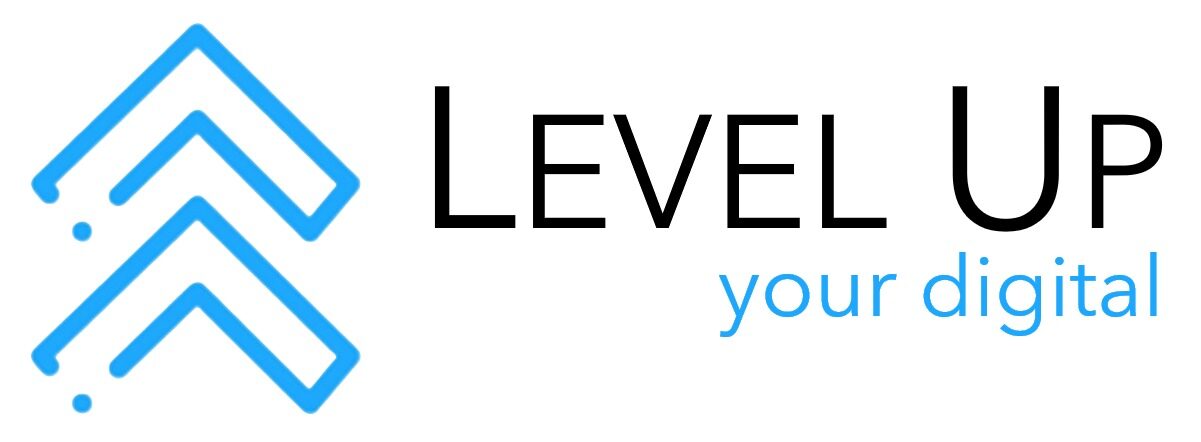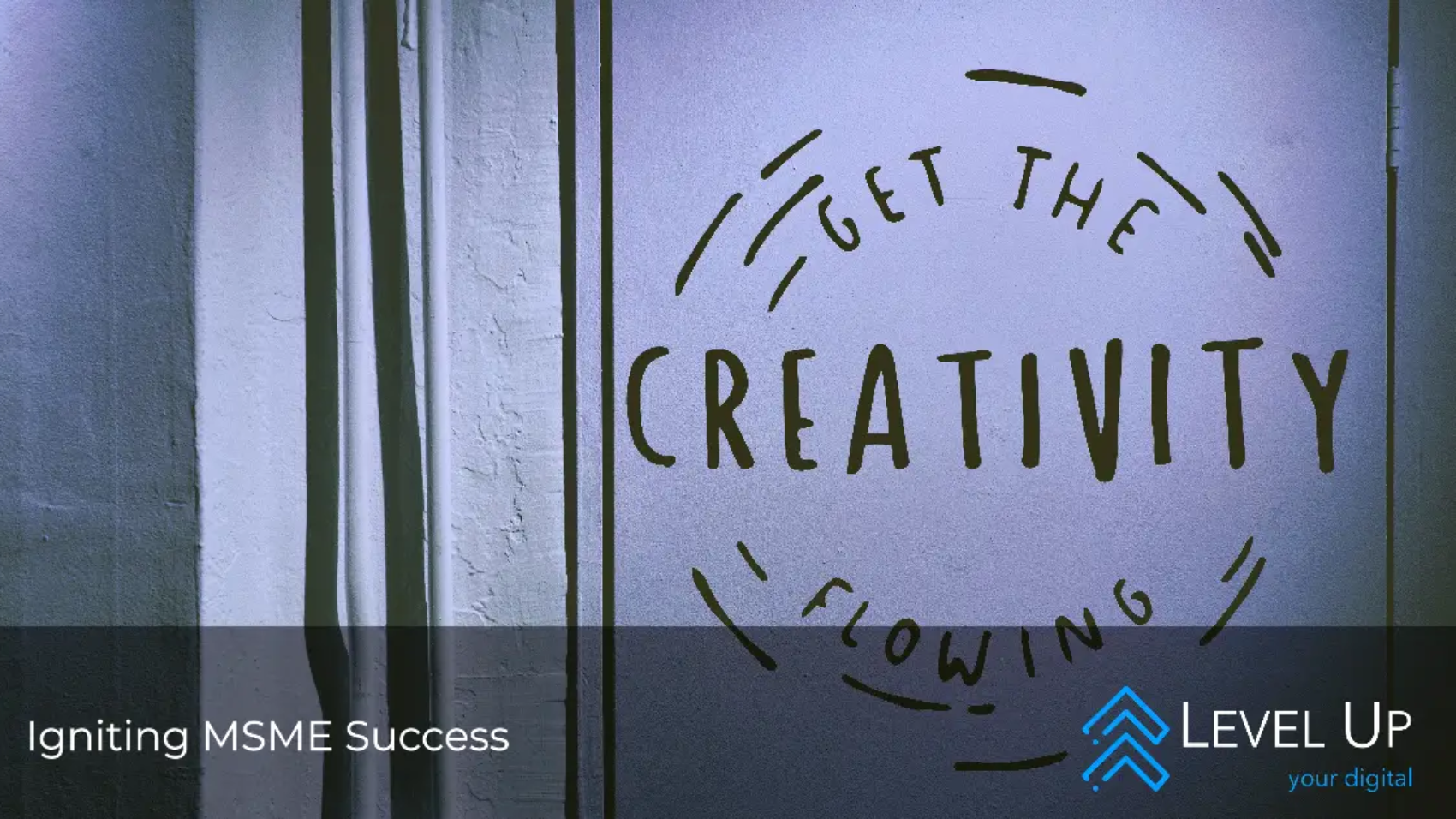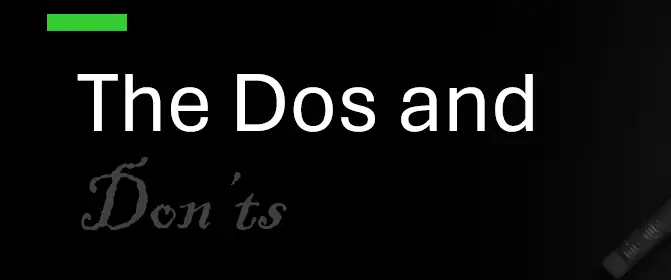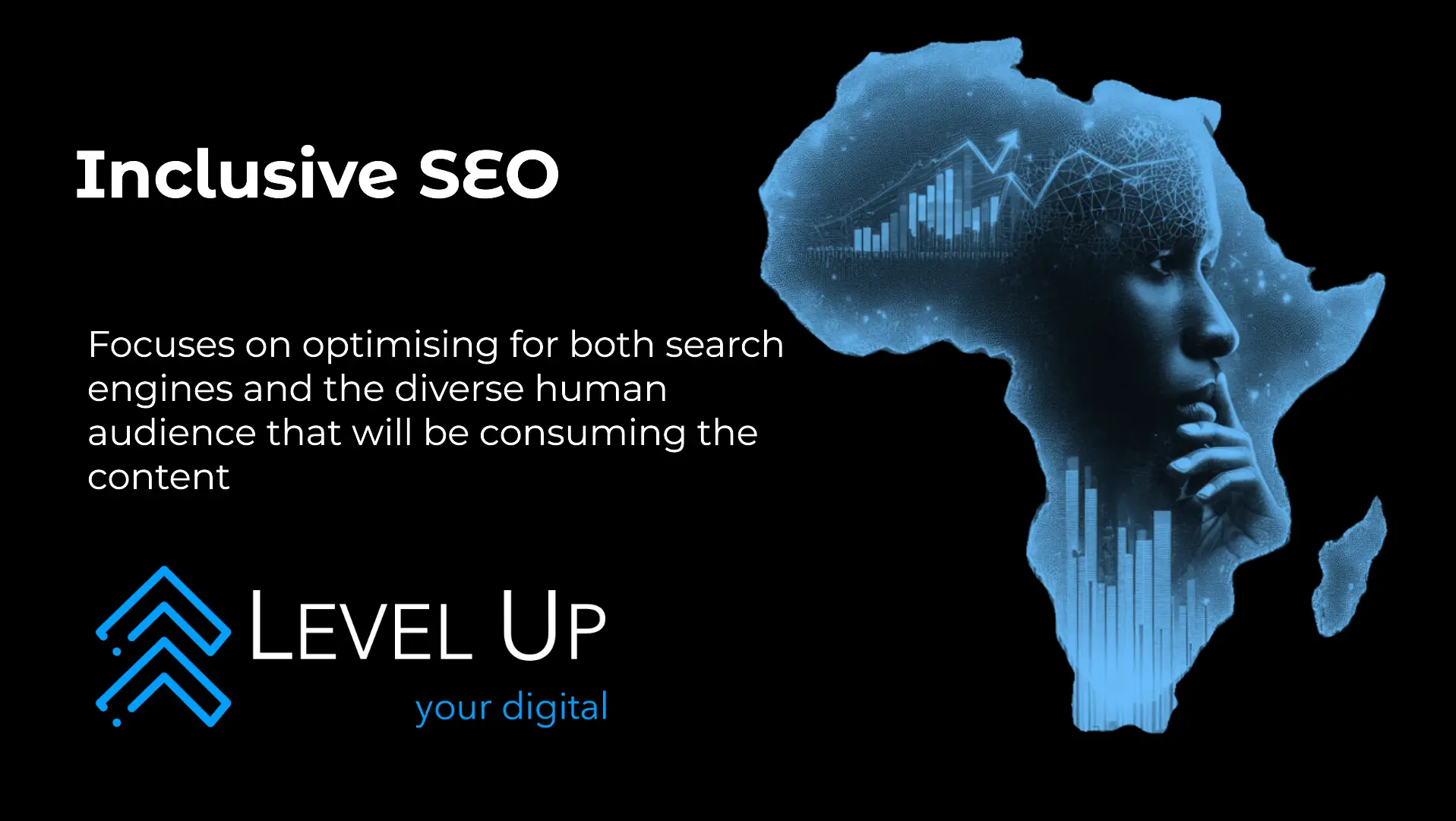When it comes to marketing, big brands often set the benchmark for innovation and success. But even if you’re a micro, small, or medium-sized enterprise (MSME), you can still draw lessons from their strategies – particularly in areas like personalisation, data-driven decision-making, and real time engagement. Today, we’ll explore key strategies from brands like Nike and Spotify, alongside local heroes like Nando’s and Chicken Licken, and how MSMEs can apply these insights to build a powerful inclusive digital presence.
Customer-Centric Approach: Coca-Cola’s Personalised Campaigns
What Big Brands Do: Coca-Cola’s “Share a Coke” campaign was a global hit, personalising bottles with people’s names to build consumer engagement. Not forgetting how it was localised for South Africa through the addition of the Phonetic Can. This strategy made customers feel personally connected to the brand, sparking widespread social media interaction and sharing.
How MSMEs Can Apply It: While you may not have Coca-Cola’s budget, you can still create personalised experiences for your customers. Whether it’s addressing customers by name in emails, offering custom promotions based on buying history, or simply engaging on social media, small personal touches go a long way in building loyalty.
Cultural Relevance and In-Moment Marketing: Nando’s & Chicken Licken
What Big Brands Do: In South Africa, Nando’s and Chicken Licken have become famous for their witty, culturally relevant marketing. Nando’s is known for its cheeky, satirical ads that tap into current events and political commentary. Chicken Licken, on the other hand, focuses on “Soul Food” through humorous storytelling that resonates with local humour and societal quirks. Both brands expertly leverage in-moment marketing, which capitalises on timely, relevant events to engage their audience.
How MSMEs Can Apply It: MSMEs don’t need huge budgets to be culturally relevant. Keep an eye on current events or trends that resonate with your local audience and find creative ways to integrate them into your marketing. Use social media to respond quickly to relevant moments, whether it’s a trending topic, a local event, or even a humorous take on daily life in your community. The key is to stay authentic and true to your brand while riding the wave of relevance.
Consistency Across Channels: Spotify’s Unified User Experience
What Big Brands Do: Spotify is a leader when it comes to creating a seamless, unified experience across its app, website, and social media. Whether you’re discovering music on your phone, desktop, or tablet, the interface and branding remain consistent, providing a smooth user journey. Spotify’s personalization features, like custom playlists, further enhance the feeling of a cohesive, tailored experience.
How MSMEs Can Apply It: Even without a multi-million-dollar budget, consistency is achievable. Ensure your brand’s tone, visual identity, and messaging align across all platforms—whether it’s your website, email campaigns, or social media. Free tools like Canva can help you maintain brand visuals, while a content calendar can keep your messaging consistent.
Leveraging Influencers: Nike’s Collaborations with Athletes
What Big Brands Do: Nike’s partnerships with athletes and influencers have been integral to their brand success. By associating with inspirational figures, Nike positions itself as more than just a sportswear company—it becomes part of its customers’ aspirations.
How MSMEs Can Apply It: You don’t need to partner with global celebrities to harness the power of influencer marketing. Micro-influencers or local personalities can offer the same benefits for a fraction of the cost. These individuals typically have smaller but highly engaged followings that align with your business niche. Partner with local influencers to boost your brand’s visibility and credibility.
Data-Driven Decisions: Amazon’s Use of Customer Data
What Big Brands Do: Amazon has mastered the art of using data to optimise everything from product recommendations to delivery efficiency. Their ability to analyse customer behaviour helps them stay ahead of the competition by offering personalized, targeted experiences.
How MSMEs Can Apply It: Data doesn’t have to be intimidating or expensive. MSMEs can use free tools like Google Analytics or Facebook Insights to understand their customers’ behaviors and preferences. This data will help you optimize your website, adjust marketing strategies, and make informed decisions that can drive growth without spending a fortune.
Storytelling: Nike’s ‘Just Do It’ Campaign
What Big Brands Do: Nike’s storytelling is centered around human perseverance and achievement, and their iconic “Just Do It” campaign reflects that spirit. The message isn’t just about selling shoes; it’s about empowering people to overcome obstacles and push their limits.
How MSMEs Can Apply It: Storytelling is one of the most powerful tools for MSMEs. Share your business journey—how you started, the challenges you’ve overcome, and the value you bring to your customers. Use blog posts, videos, or even social media to tell your story in a way that connects emotionally with your audience.
Conclusion
Big brands like Coca-Cola, Nike, Nando’s, and Chicken Licken offer valuable lessons in digital marketing. By focusing on customer-centric strategies, leveraging influencers, and creating culturally relevant content, MSMEs can apply these principles on a smaller scale to engage their audience and drive growth. Whether it’s through real-time marketing or consistent storytelling, these strategies can help your business thrive in the digital age.
Featured image, Tim Mossholder, Unsplash













